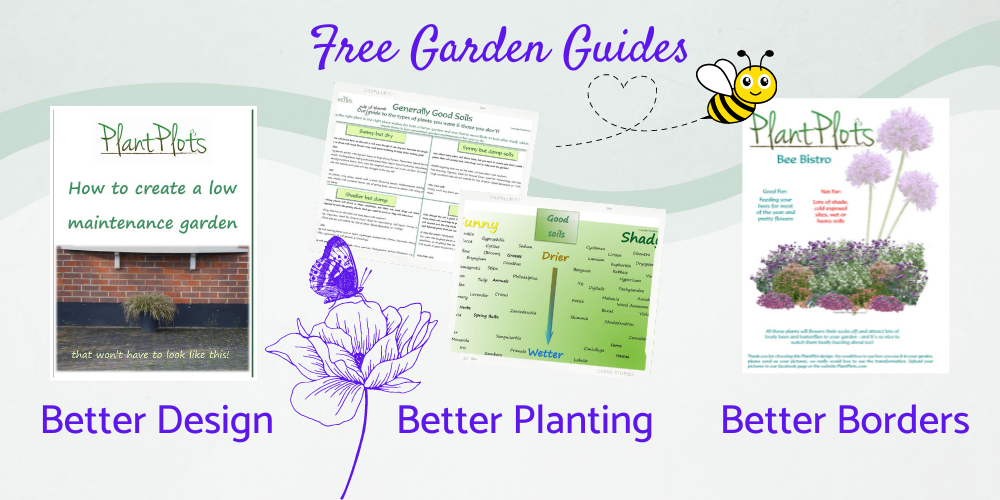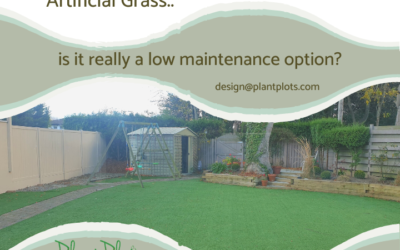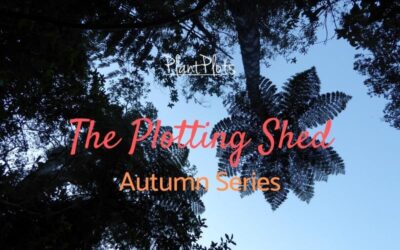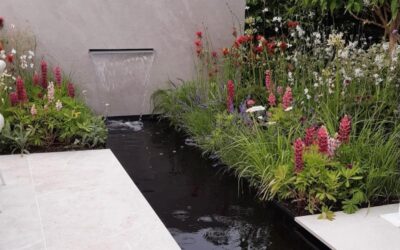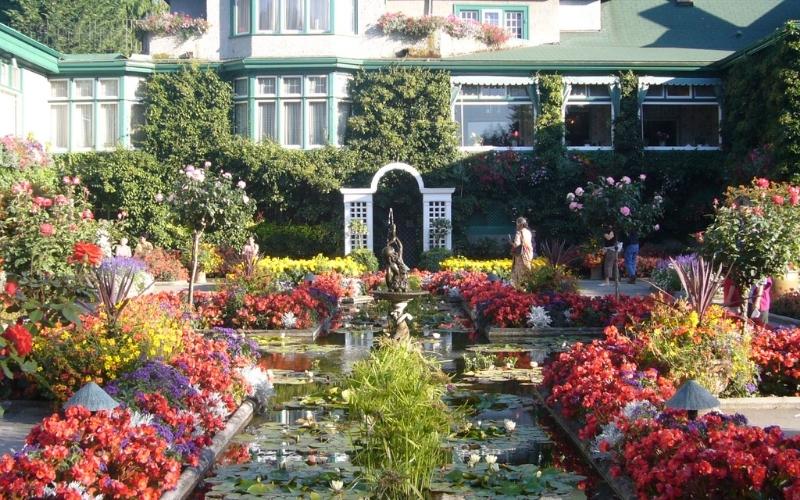
Are bedding plants good for the garden?
A strange title you may be thinking, of course, bedding plants are good for the garden. They are plants and all the plants we put in our gardens must be good for the environment surely? Well maybe not, bedding plants are not good from an environmental standpoint. Bedding plants are not ‘green’!
In the UK nearly £1bn is spent on bedding plants each year – that’s a lot of money and an awful lot of plants, millions and millions of fuchsias, petunias, pelargoniums, lobelias and millions of ready-prepared hanging baskets and tubs.
So what’s the issue here?
Well, before we start analysing bedding plants, what actually are bedding plants?
In general, they are described as Annuals, Biennials, Tender Perennials or Half Hardy Annuals – so they are all plants that;
a) Won’t last more than one season
b) Will last more than one year, but will conk out the following year
c) Will last for a few years as long as you have somewhere to keep them for the winter
d) Are only supposed to last one season, but may in milder climates do rather better
The upshot is that most of these plants won’t last very long. To compensate for their short lifespans, bedding plants are designed to ‘live the life of a rock star’ i.e party hard and die young!
Bedding plants provide us with loads of fantastically coloured flowers. These are very often bred to be much larger than a plant could sustain naturally and the plant is designed to keep on going…right until the end.
However, in order to ensure our little plants can ‘rock on all summer’ they do need rather a lot of attention, regular feeding, deadheading, plenty of water and protection from bugs and other nasty munching insects. If we do all that religiously all spring and summer – then we can be rewarded with fabulous displays that look like this.
So, what’s the problem with bedding and why isn’t it ‘green’?
In order to churn out millions upon millions of uniformly grown plants at the right time of the year, the production of bedding plants is very tightly controlled;
Uniform temperature control in vast greenhouses
Ultra-sensitive humidity and climate control systems are used
Lighting controls stimulate growth even at night
A carefully managed system of chemical fertilisers is constantly applied
Insecticides and biological controls are added to prevent any unwanted visitors
Fungicides and other chemicals are used to ensure the plants are disease free
Plants are carefully bred and selected to ensure conformity
Plants are often bred to be sterile to insects as this prevents any unwanted cross-fertilisation
All this is for plants most of you throw away at the end of the year.
So much for Reduce, Renew, Recycle!
The average gardener can spend £9500 over their lifetime on plants and a significant part of this is most likely spent on bedding plants. Why spend all that money on something to throw away, simply because it’s colourful for 13 weeks of the year?
The problem with bedding is that not only does it want to behave like a rock star, it also usually begins to act like a petulant teenager as soon as you get it home. Bedding plants have been grown in the most ideal perfect conditions. They have been cosseted, preened and pampered, then the plants go home with you. The sudden change causes them to ‘sulk’ at the less-than-perfect environment. On top of which, horror upon horror, you, like the rest of us, occasionally forget to water. These plant diva’s invariably then shriveling up, never to recover!
We spend nearly £1,000,000,000 on plants like this each year!
Surely there has to be a better way, we are not advocating boycotting the bedding. Rather we are suggesting there are better alternatives for your garden than buying lots of bedding plants each year.

The question here is not which garden is prettier, as that is always open to your own personal preference. the key question is whether gardens should be about pleasing only humans. Is the overall effect of mass planting of bedding worth all the investment in time energy and chemicals? Should gardens have more than just an aesthetic appeal?
Bedding has an appeal, but our gardens need to be more than just colourful spaces.
The plants below are also colourful. However, they also will continue to perform next year and the year after without you having to spend any more money.

Bedding Plants require disproportionate amounts of energy to grow
The issue here is not that bedding plants are bad for the environment. Rather than the production of bedding plants is an extremely controlled and intensively farmed process. Much of the bedding produced is mostly for our aesthetic benefit, providing little if any benefit for pollinating insects.
In an age when we should all look to reduce our environmental footprint in all areas of our lives, gardens are often forgotten places to consider being more ‘green’ in.
So it’s a balance, have some bedding by all means, but balance your bedding purchases with plants that do benefit pollinating insects.
Spend the same amount of money as you would on bedding plants, but buy plants that will last for more than one season instead.
Only buy bedding plants that the label says are insect friendly.
Gardens are miniature ecosystems that we create, so before you buy the bedding, think ‘what good will this bring to my garden’ first.

Planting ideas
Border Plans and Garden Advice
Unsure what plants to use? No problem, just use one of the border designs we have created. You’ll know what to plant, how many to use and how to look after them.
